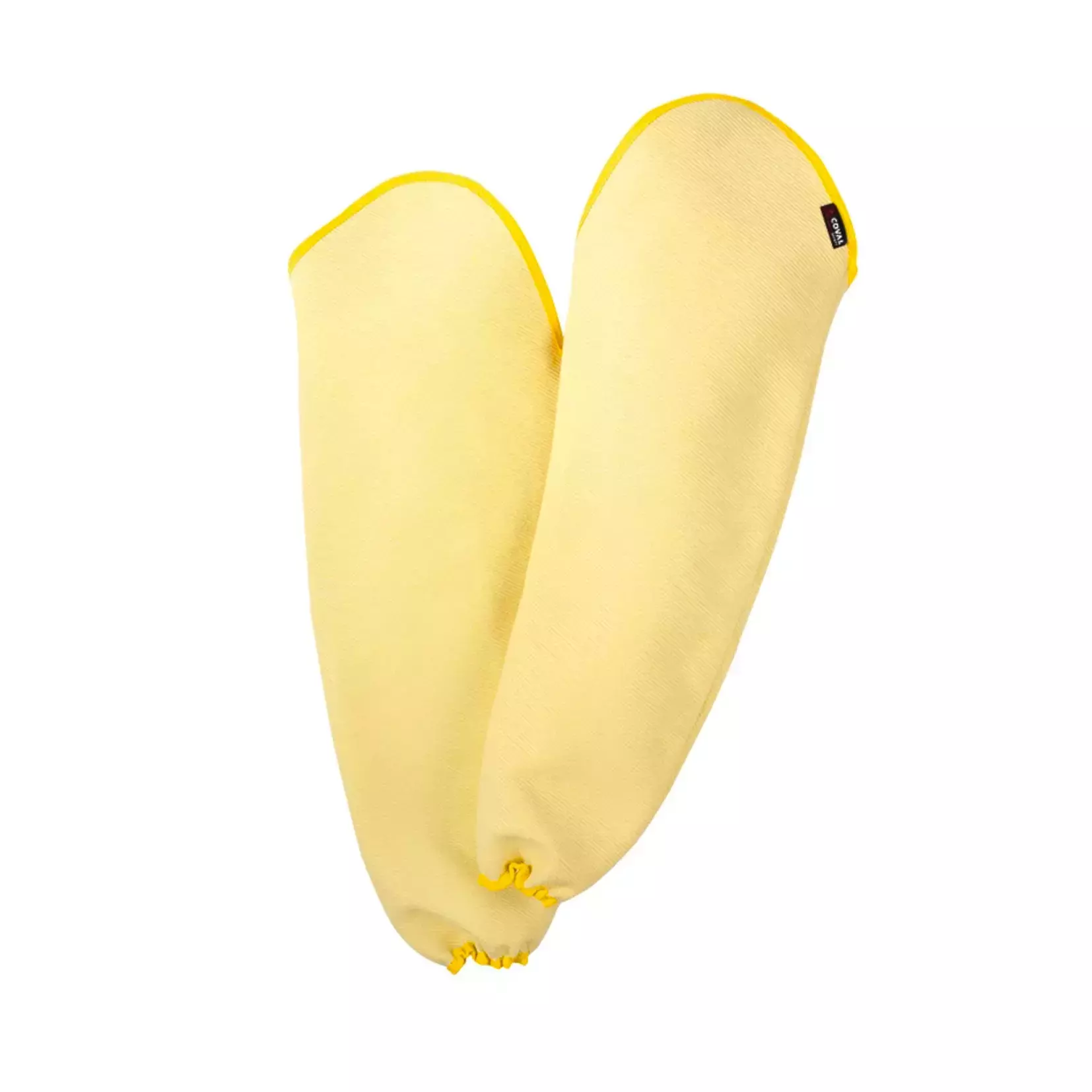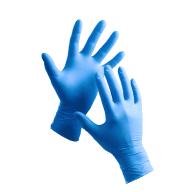Product description
Cut-resistant sleeves made of aramid fiber fabric and lined with cotton knit.
Ideal not only for protecting the arms from mechanical hazards such as cuts and punctures, but also excellent for heat protection.
Length 60 cm
About Sleeve
Protective sleeves offer specialized arm coverage against workplace hazards like cuts, punctures, and abrasions. Made with durable, task-specific materials, these single-arm coverings provide essential protection while maintaining flexibility for comfortable, all-day wear in industrial environments.
- Cut Resistant
- Heat & Flame Resistance
- Food Service
Standards and labels
Coval delivery terms
Free delivery when you order more than 1 650,00 kr from Coval
Supplier shipping fee 55,20 kr
Brand minimum 0,00 kr
561,32 kr
Shipping fee is 55,20 kr for orders under 1 650,00 kr
Sold in units of one pair



